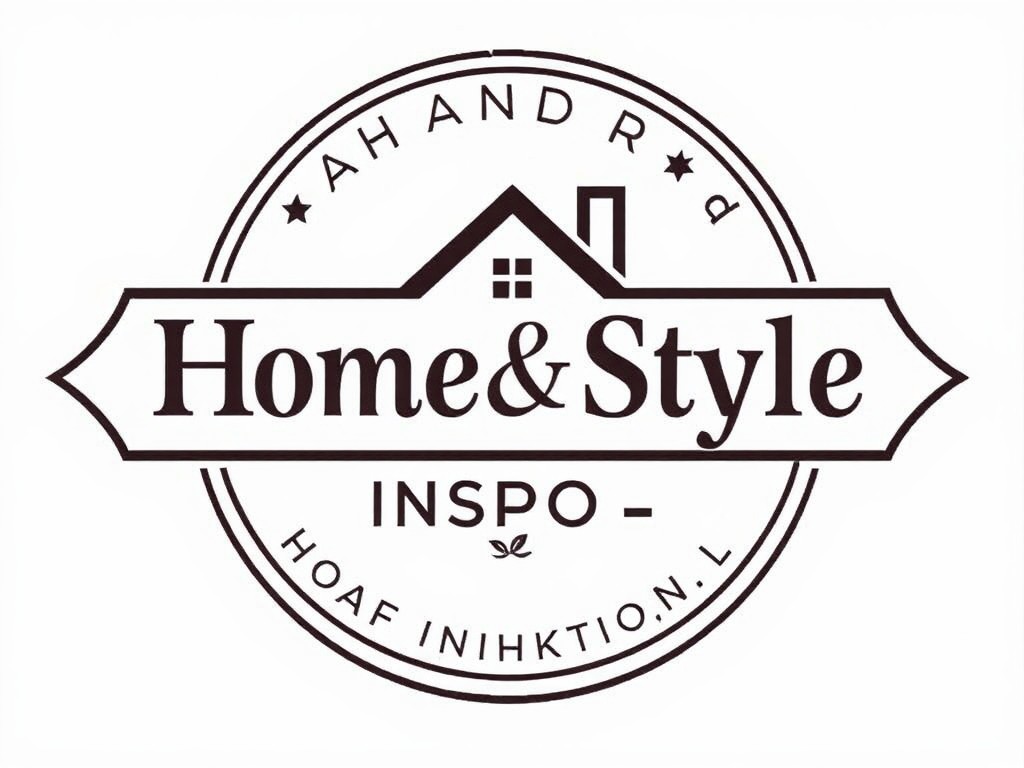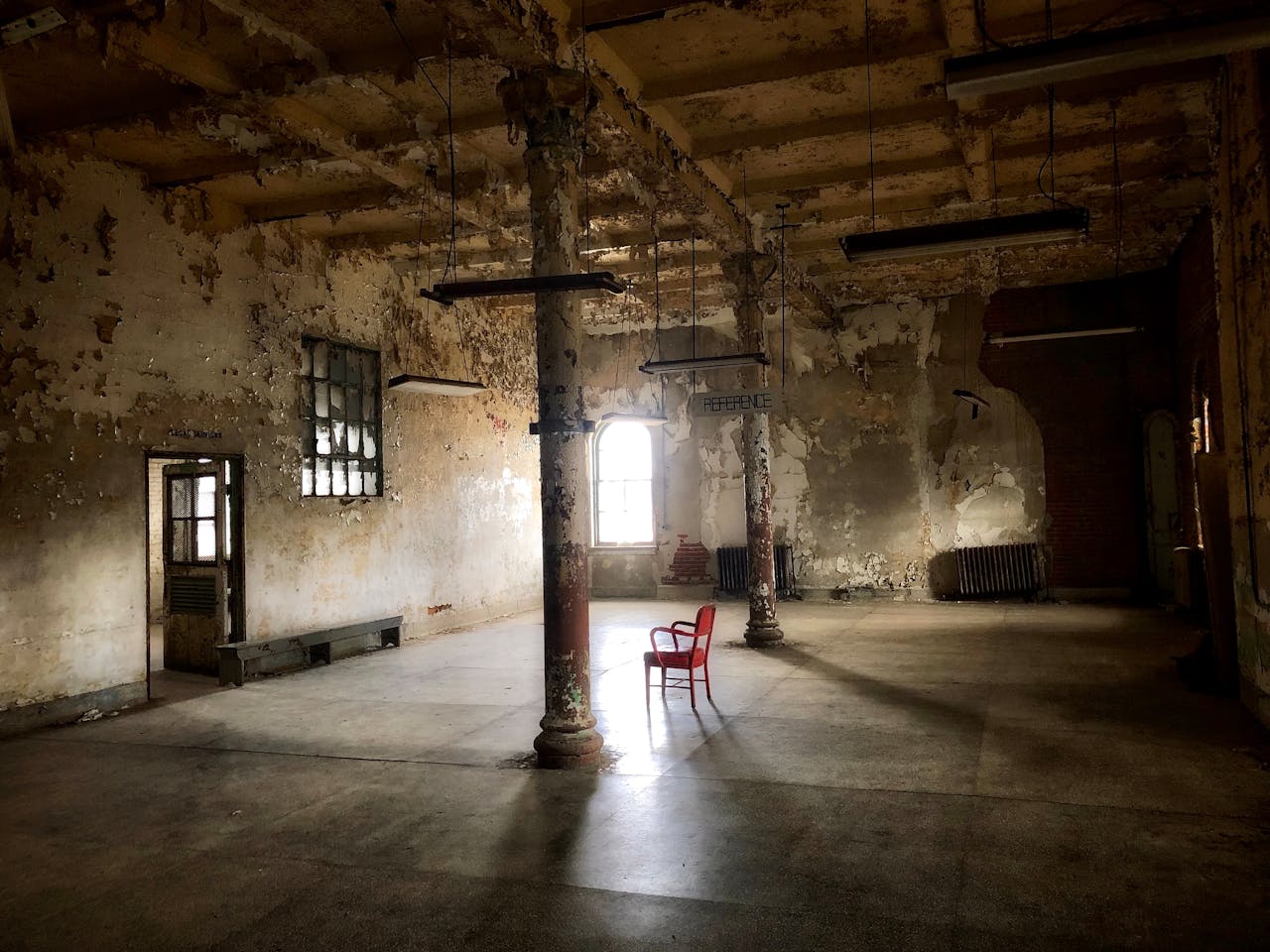The quest for energy efficiency and environmental sustainability is compelling homeowners and builders to explore eco-friendly insulation options for older UK houses. These houses, characterized by their traditional architecture and construction methods, present unique challenges when it comes to insulation. With the right choice and application of materials, one can enhance the thermal performance of these homes, leading to a significant reduction in energy consumption and utility bills. This article explores various eco-friendly insulation options ideal for older UK houses.
Understanding the Importance of Insulation in Older UK Houses
Insulation is a critical component of any building structure. It serves to regulate the internal temperature of a building, maintaining a comfortable and liveable environment regardless of the external weather conditions. In older UK homes, the need for effective insulation is even more urgent given the advanced age and uniqueness of these structures.
A voir aussi : What should be considered when installing a biomass boiler in the UK countryside?
Insulation primarily works by reducing the thermal conductivity between the inside and outside of the building. This means it slows down the rate at which heat escapes from the house during winter and inhibits hot air from infiltrating the house during summer. The outcome is a more energy-efficient home, which not only reduces the cost of heating and cooling but also minimises the environmental impact.
Eco-friendly Insulation Materials Suitable for Older UK Homes
There are several eco-friendly insulation materials suitable for use in older UK homes. These include sheep’s wool, hemp, wood fibre, and spray foam insulation. Each of these materials offers unique advantages in terms of thermal performance, installation ease, and environmental impact.
A lire également : What are the key features to look for in a UK-compatible smart doorbell?
Sheep’s Wool Insulation
Sheep’s wool is a natural, renewable material that offers excellent thermal and acoustic insulation properties. It’s also hygroscopic, meaning it can absorb and release moisture without compromising its insulating effectiveness. The manufacturing process of sheep’s wool insulation is energy-efficient and produces a minimal amount of CO2 emissions, further enhancing its eco-friendly credentials.
Hemp Insulation
Hemp insulation is made from the fibres of the hemp plant, a fast-growing, renewable source. It provides excellent thermal performance and also possesses a high moisture resistance, which makes it ideal for older UK homes that may have issues with dampness. Hemp insulation is also biodegradable and recyclable, reducing its environmental footprint.
Wood Fibre Insulation
Wood fibre insulation is made from waste wood, making it a sustainable and eco-friendly choice. It’s very effective at insulating homes against heat, cold, and noise. Additionally, wood fibre insulation can absorb and release moisture, maintaining a healthy indoor climate and preventing mould growth.
Spray Foam Insulation
Spray foam insulation is a modern solution that can be particularly effective in older homes. It expands as it’s sprayed, filling gaps and creating an airtight layer that prevents heat loss. While it does use chemicals in its production, many manufacturers are now producing spray foam from eco-friendly, plant-based materials.
Cost of Eco-friendly Insulation for Older UK Houses
Cost is a significant factor to consider when selecting insulation for older UK homes. While eco-friendly materials may come with a higher initial cost compared to traditional insulation options, they often provide significant energy savings over their lifespan, offsetting the initial investment.
The cost of insulating an older UK house will depend on the size of the house, the type of insulation material chosen, and the complexity of installation. For instance, sheep’s wool insulation might be more expensive than other options, but its superior thermal properties may lead to greater energy savings in the long run.
The Right Insulation Will Make a Difference
Selecting the right eco-friendly insulation for an older UK house can make a world of difference in terms of energy efficiency, comfort, and sustainability. It’s essential to consider factors such as the house’s age, architecture, and condition, as well as the local climate and the specific needs and preferences of the homeowner.
Remember, the best insulation material is not merely the one that offers the best thermal performance. It’s also the one that aligns with your sustainability goals, fits within your budget, and is suitable for your specific home. With the right choice, you’ll have a comfortable, energy-efficient, and eco-friendly home that stands the test of time.
Eco-friendly Insulation Installation Process for Older UK Houses
The installation process of eco-friendly insulation in older UK houses can be quite a detailed process, depending on the chosen insulation material. However, with the right expertise, the results are often rewarding. The process typically involves identifying the appropriate areas in the house for insulation, such as the loft, external wall, or cavity wall, preparing the area, and installing the chosen insulation material.
When it comes to spray foam insulation, the process involves a professional using a spray gun to apply the foam directly onto the surface. The foam then expands to fill all nooks and crannies, creating an airtight barrier. This is particularly useful in older homes, where gaps and cracks can lead to significant heat loss.
For sheep’s wool insulation, the material is often provided in rolls or batts that are cut to size and fitted between the studs or joists of the wall, floor or roof. This type of insulation can be a bit more complex to install, particularly in areas with irregular shapes, but it provides excellent thermal performance and moisture control.
Hemp insulation and wood fibre insulation are typically also supplied in rolls or panels and installed in a similar way to sheep’s wool, often requiring a vapour control layer to prevent water vapour from reaching the colder outer surface and condensing.
Professional installation is usually recommended to ensure optimal performance and to avoid potential issues like improper fitting, which can decrease energy efficiency and increase heat loss.
Conclusion: Making Old Homes Energy Efficient with Eco-friendly insulation
Insulating older UK houses with eco-friendly materials is a practical and sustainable approach to improving energy efficiency and reducing carbon footprint. Not only does it help homeowners save on energy bills, but it also improves the comfort and health of the living environment by maintaining a stable indoor temperature and controlling moisture levels.
A variety of eco-friendly insulation materials are available, each with their unique properties and advantages. Whether it’s the renewable and hygroscopic properties of sheep’s wool, the moisture resistance of hemp, the noise reduction capabilities of wood fibre, or the airtight seal provided by spray foam, homeowners can choose the option that best suits their needs and preferences.
However, choosing the right insulation material is just one part of the equation. Proper installation is crucial to ensuring that these materials perform at their best, reducing heat loss, and improving energy efficiency. Professional installation is therefore recommended, particularly for complex older homes.
In conclusion, while the upfront cost of eco-friendly insulation materials can be higher than traditional options, the long-term benefits in terms of energy savings and reduced carbon footprint make it a worthy investment. By selecting the right insulation material and ensuring its proper installation, homeowners of older UK houses can enjoy an energy-efficient, comfortable, and, most importantly, eco-friendly home.






